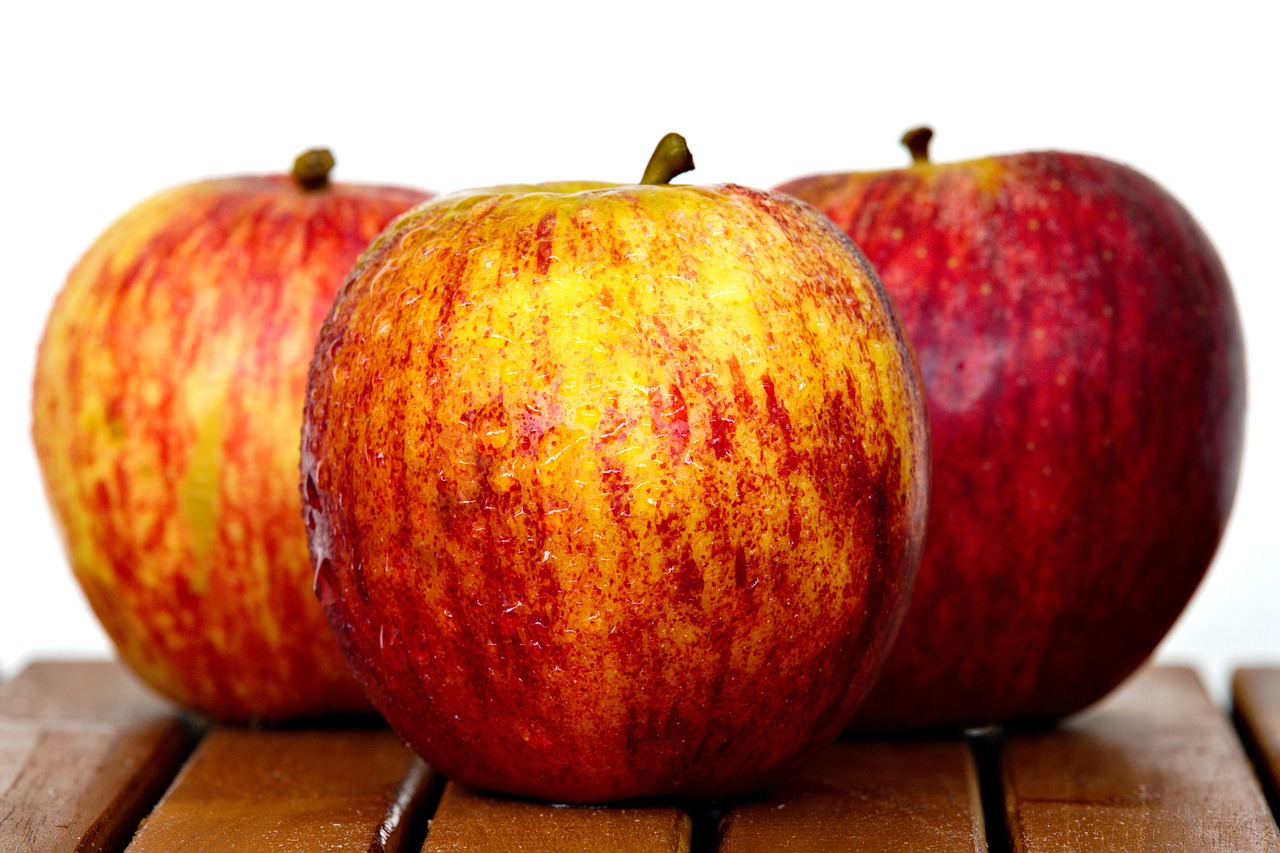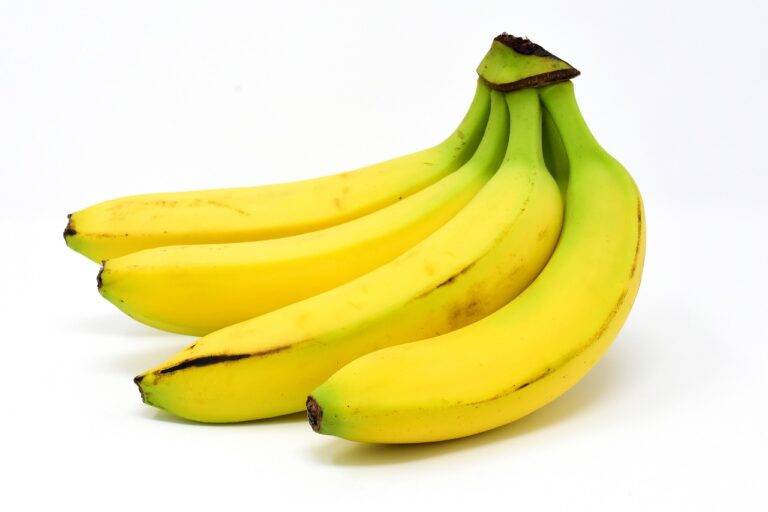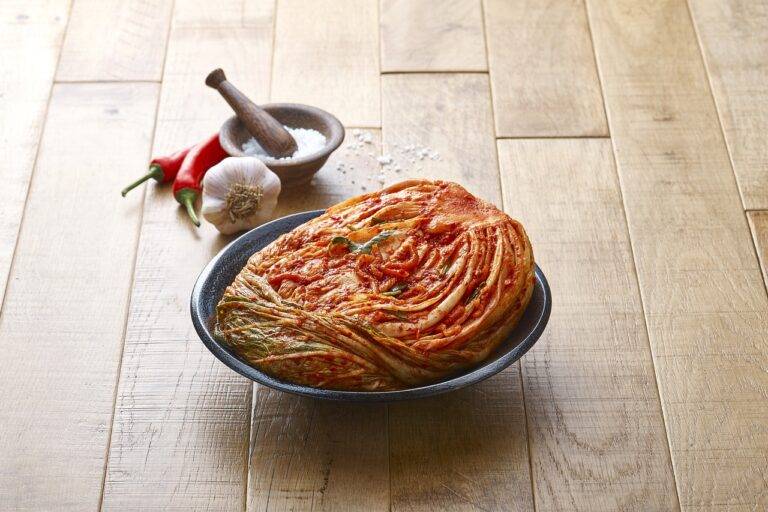Exploring the Health Benefits of Ancient Grains in Modern Diets
Ancient grains have been a vital food source for civilizations throughout history. Cultivated over thousands of years, these grains like quinoa, farro, and amaranth were staples in the diets of early societies such as the Egyptians, Greeks, and Mayans. The cultivation of these grains dates back to ancient times, where they were revered for their nutritional value and ability to sustain populations.
These ancient grains were primarily grown in regions where they thrived in the local climate and soil conditions. For example, quinoa was cultivated in the Andean region of South America, while farro was grown in the Mediterranean region. The historical significance of these grains lies not only in their role as staple foods but also in their cultural importance, as they were often used in religious ceremonies and rituals by ancient civilizations.
Nutritional Value of Ancient Grains
Ancient grains offer a plethora of nutritional benefits, making them a popular choice for health-conscious individuals. These grains are packed with essential nutrients such as fiber, protein, and various vitamins and minerals. Amaranth, for instance, is rich in lysine, an amino acid crucial for protein synthesis and tissue repair. Quinoa is another ancient grain known for its high protein content, making it an excellent alternative for individuals looking to boost their protein intake.
What sets ancient grains apart is their abundance of antioxidants, which play a key role in reducing inflammation and combating oxidative stress in the body. Teff, a gluten-free ancient grain, stands out for its impressive mineral profile, containing significant amounts of calcium, iron, and magnesium. The presence of these essential nutrients not only contributes to overall well-being but also aids in the maintenance of strong bones, proper muscle function, and optimal energy production.
What are ancient grains?
Ancient grains refer to grains that have been largely unchanged over the past several centuries, such as quinoa, amaranth, farro, and teff.
What makes ancient grains different from modern grains?
Ancient grains are known for their hardiness, unique flavors, and nutritional benefits. They are often less processed and retain more of their natural nutrients compared to modern grains.
What is the nutritional value of ancient grains?
Ancient grains are rich in vitamins, minerals, and antioxidants. They are also high in fiber and protein, making them a nutritious choice for a balanced diet.
Are ancient grains gluten-free?
Some ancient grains, such as quinoa, amaranth, and teff, are naturally gluten-free. However, others like farro and spelt contain gluten and should be avoided by individuals with gluten sensitivities.
How can I incorporate ancient grains into my diet?
Ancient grains can be used in a variety of dishes, such as salads, soups, and side dishes. They can also be used to make baked goods like bread and muffins for added nutritional value.





